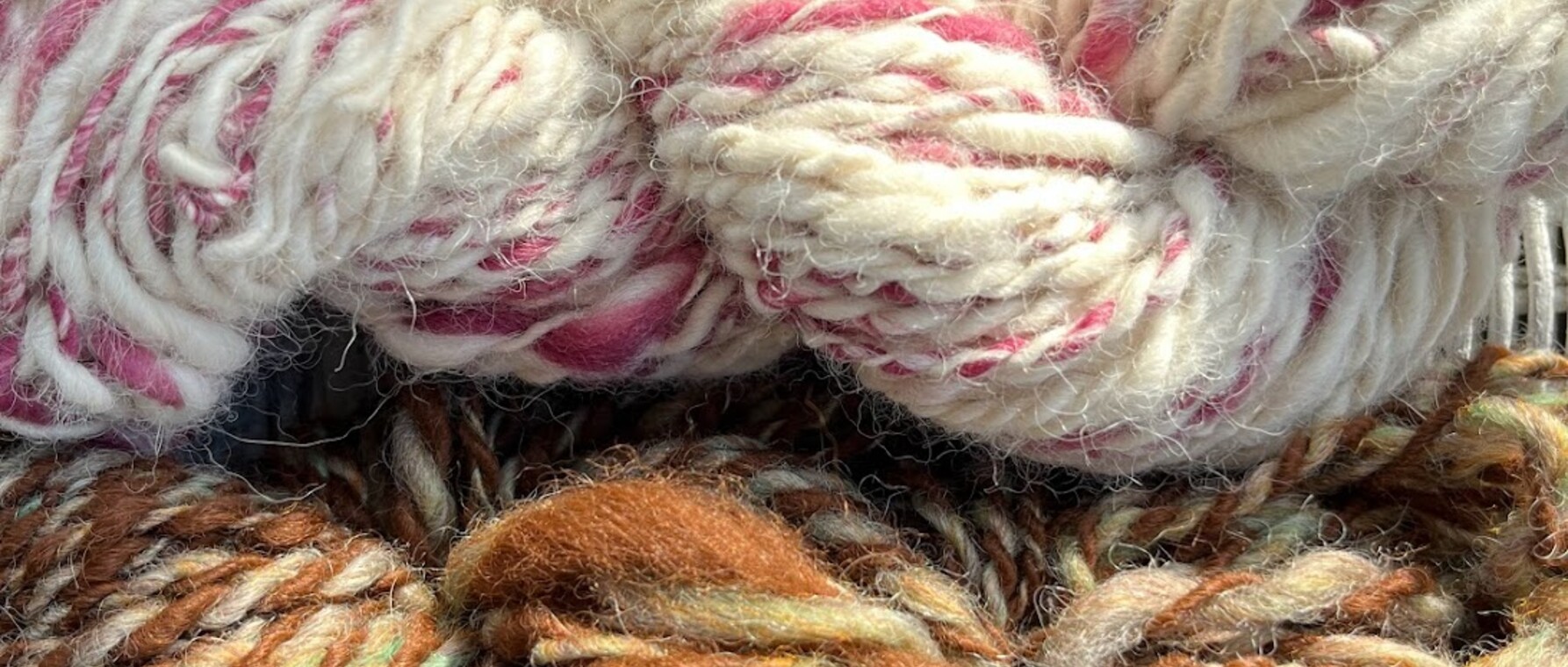Notes From a Writer's Desk: The Art and Craft of Drafting

Recently, I traveled to northern Vermont to spend a weekend learning how to spin. No, I was not learning how to ride an exercise bike. I was learning the craft of making yarn. It was an idyllic experience, working with fleece sourced from local sheep amid the mountains and surrounded by colorful autumn leaves. Our beautiful surroundings helped to soften the challenge of learning a new art form. One of the hardest parts of spinning is “drafting,” where raw fiber is added to an ever-growing strand of yarn. Maybe this reminds you of a task closer to home? As with spinning, drafting is often one of the hardest parts of the writing process.
When drafting, a controlled amount of wool is gradually added to the end of a spun length of yarn. The actual experience feels a little magical—I felt like I was taking a cloud and in the blink of an eye transforming it into something strong and discrete. Writing sometimes provokes similar feelings for me: when I look at a finished piece, I wonder, how did I turn a pile of notes and ideas into a coherent narrative and argument? Techniques for spinning yarn present several opportunities to think through ways we might approach writing as a craft.
Pre-drafting—Spinners prepare their wool for drafting by loosening the fibers and possibly even splitting the lengths of their material to make a narrower band of fiber. This pre-drafting helps to make the fiber more manageable, allowing a spinner to control how much material moves through their hands while spinning. Writers can also benefit from pre-writing, which could include taking notes, outlining, planning, and drafting small sections. Have you ever looked at a blank page and wondered where to start? Well, your answer is not with a blank page! Arranging notes and scaffolding a writing piece prepares your raw materials to be transformed into sentences and paragraphs.
The pinch and twist—Spinners rely on the interaction between both of their hands to draft and spin. One hand pinches the yarn, controlling the amount of twist and the width of the thread. The other controls the flow of raw fiber. Skilled spinners can manage the amount of fiber and intensity of twist to produce strong and consistent yarn. As a beginner, though, my drafting flow was frenetic. Some areas of my yarn were very thin and overtwisted while others were thick without enough twist. Both extremes produced weaknesses in my yarn.
When writing, it can sometimes feel as if all the ideas need to come out at once. Perhaps they deeply interconnect, and it is difficult to decide which information to use when and where. Something I observe in my own writing, as well as that of many graduate students here at Harvard, is that we often try to convey too many ideas at once, resulting in bloated and convoluted sentences. Our ideas become cramped by the strictures of a single sentence, reducing them rather than celebrating them. Luckily, it is much easier to deconstruct a sentence than it is to deconstruct a spun thread of yarn. If you find you have bulky sentences, break them down into their component parts. What are the core ideas and how do they relate to one another? Not only will this help you achieve clarity and consistency in your writing style, but it will also develop your ideas, making for a stronger and more durable argument.
Pacing—The speed of spinning is controlled with a foot pedal (though other factors such as wheel size will play a role). It is all too easy for beginners to go too fast, which can result in little to no twist in the yarn or inconsistent widths in the thread. In writing, going too fast can have similar results, leading to a weakened argument, poor use of sources, or improper citation. Spinners learn to control their speed by getting to know their wheel and their body in relation to one another. As writers, we too must learn our own tendencies, how we best move through the writing process, and what supports we might need to get us to our end goal.
Like writing, spinning requires time, coordination, and patience. Both also benefit from community. I was lucky to have two expert spinning teachers and was surrounded by a supportive group of student peers, all of whom gave valuable advice and guidance. Writing may often feel isolating, particularly at the dissertation stage and especially in the humanities, where collaborative work has yet to grab a foothold. I encourage you to craft a network of support that includes your advisors, disciplinary peers, and members of the broader Harvard community, who can share ideas, create accountability, provide creative stimulation, and help motivate you to keep drafting.
Ready to book an appointment with FWC staff? Access the FWC intake form.
Banner courtesy of Shutterstock
Get the Latest Updates
Join Our Newsletter
Subscribe to Colloquy Podcast
Simplecast Stitcher





